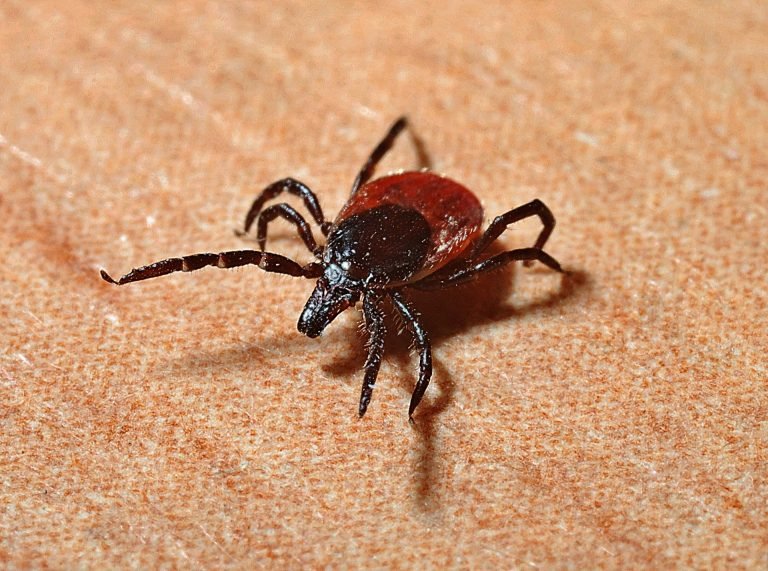
EARLY LYME DISEASE
Lyme disease or Lyme Borreliosis is an infection caused by Borrelia burgdorferi, a type of bacteria called spirochete which is transmitted primarily by the bite of an infected blacklegged tick.
These ticks also carry other tick-borne infections (Babesia, Ehrlichia, Cytomegalovirus, Epstein-Barr, Bartonella, and HHV-6 among others) that in combination with Lyme can wreak havoc on the patient’s body.
Many patients are infected and have no clue that they have it. Most of the Lyme sufferers do not recall being bitten by a tick or having a rash. The deer tick is very small in size and its bite can easily go unnoticed.
Depending on the extent of the infection and where in the body it has spread, Lyme disease can be divided in three stages: early localized Lyme, early disseminated Lyme and Late Lyme (Chronic Lyme).
EARLY LOCALIZED LYME (1 to 4 weeks)
Localized Lyme disease occurs within three to thirty three days after the tick bite. The bull’s eye rash (Erythema Migrans lesion) is the most common symptom of Lyme disease. The skin infection spreads gradually from the site of the tick bite in a widening circle which can persist for more than four weeks.
The early symptoms may be mistaken for a mild flu: fever, headache, fatigue, chills and swollen lymph nodes. Some patients may have the Erythema Migrans, the characteristic circular red skin rash but in most of the cases, none of the above symptoms are noticed.
EARLY DISSEMINATED INFECTION (1 to 4 months)
Early disseminated infection is the second phase of Lyme disease in which the bacteria responsible for this condition have spread throughout the patient’s body. When the initial infection goes untreated, the patient develops a variety of new symptoms that may be intermittent. Over the course of several weeks after the initial infection, more symptoms may appear, affecting the skin, joints, heart and nervous system.
If caught on an early stage, the infection can be treated with antibiotics. The lack of antibiotic treatment in this early stage of the disease can lead to serious long-term complications.
Symptoms may include:
A circular rash at the site of the bite, sometimes followed by other rashes on other parts of the body
Early neuroborreliosis:
Bell’s palsy (loss of muscle tone on one or both sides of the face)Pain, weakness, numbness and tingling in the limbs
Severe headaches
Aseptic meningitis – fever, severe headaches and neck stiffness due to inflammation of the spinal cord
Arthritis: joint problems, pain, redness and swelling in the large joints
shooting pains causing sleep problems heart palpitations.Conjunctivitis or some sometimes damage to deep tissue in the eyes
Carditis (abnormal heart rate)
References website:
https://www.healthline.com/health/lyme-disease#symptoms
https://canlyme.com/just-diagnosed/next-steps/
https://en.wikipedia.org/wiki/Lyme_disease
https://medlineplus.gov/ency/article/001319.htm
https://www.canada.ca/en/public-health/services/diseases/lyme-disease/health-professionals-lyme-disease.html
https://www.uptodate.com/contents/lyme-disease-treatment-beyond-the-basics
If you would like to learn more about Lyme disease, visit A-ZLYME
#teamgirlpowa #thealliance #teamcanada #steemsugars
Thank you for reading, I hope you enjoyed it! Feel free to resteemit or upvote it!
Please leave your feedback in the comments, I would love to hear your thoughts!
@2018 LaviPicu aka The Lyme Poet. All rights reserved.


